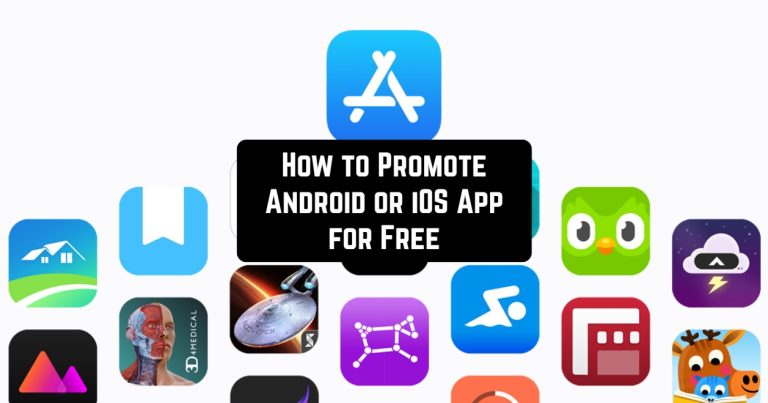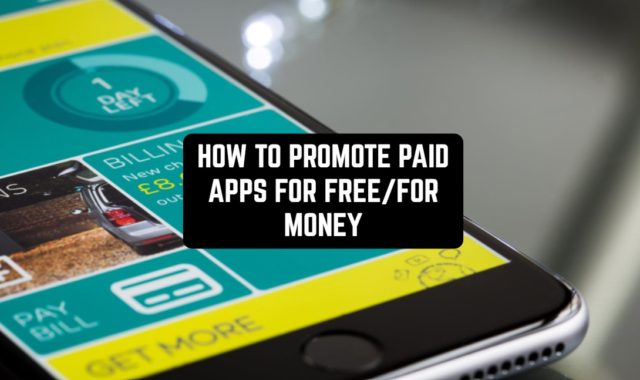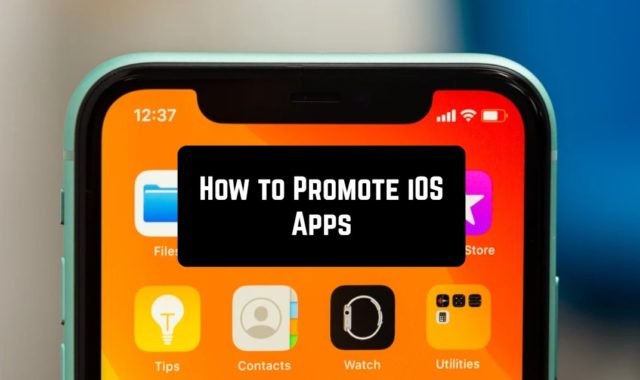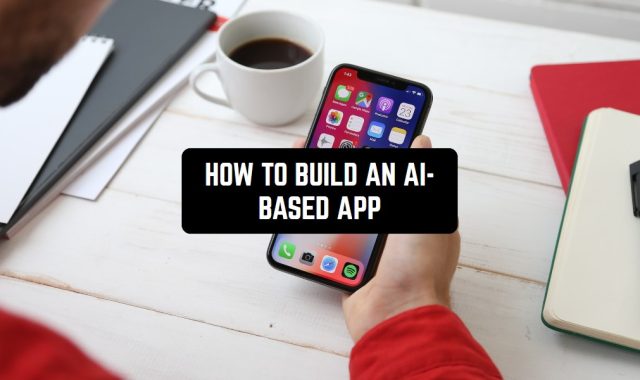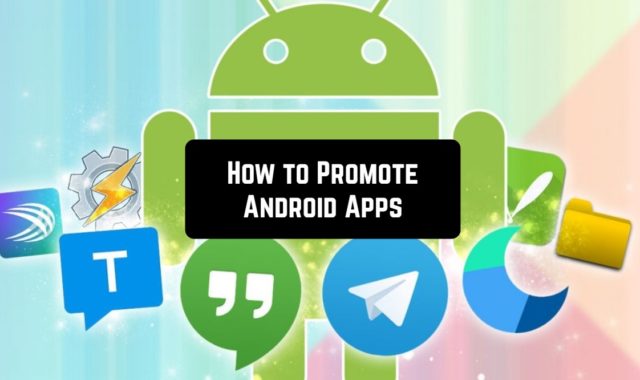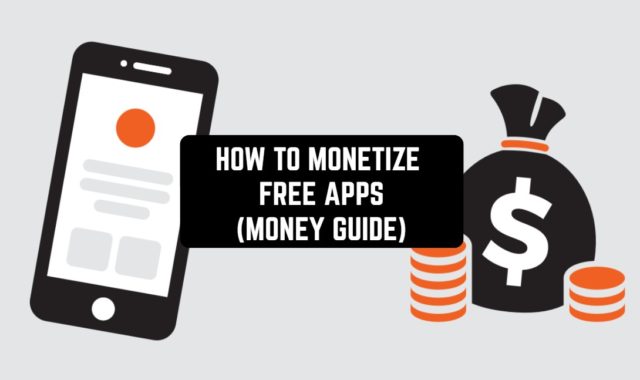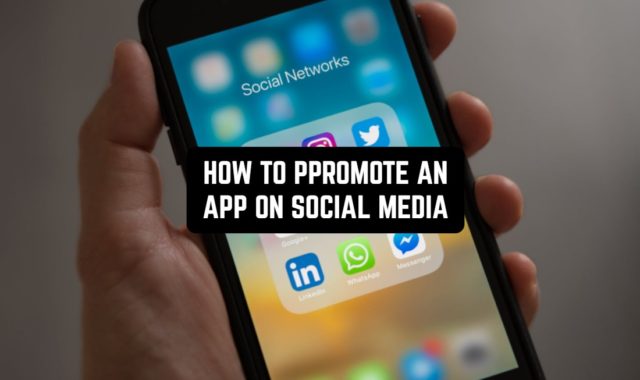Promoting an android app or game on Google Play or the App Store is a time-consuming activity.
The ranking algorithms take into account reviews, removals, product price, external links, and much more. Search rankings are influenced by the quality of screenshots and icons, the relevance of the title to user queries, and a thousand other factors that can only be guessed at.
How to promote an app to the top of the shop is something only the media giants know for sure. But what is certain is that app promotion requires a very large number of installations – thousands, even tens of thousands per day.
There is a great variety of marketing options that you can start today for your app.

For example, the Google Play Store has already selected lists, so-called VIP spots, such as “Editor’s Choice”, “User’s Choice” and “Favorites”, where apps are selected, thereby making them stand out from others.
Inclusion in one of these lists can increase the number of downloads, the number of users worldwide, and, of course, the impact on increasing your income.
Most mobile apps in the shops are in the inaccessible download area – it turns out that time and money for development have been wasted.
To prevent this from happening to your app, you need to develop a promotion strategy before it is published. You can also promote apps that have been available on the market for a while – this will help you attract a new audience.
1. Application optimization for the marketplace (ASO-optimization)
ASO-optimization helps to make an app more visible in stores. It is essentially an analog of SEO – only for apps, not for websites.
This type of proof is relevant in any case. It is possible to do it almost for free if you have experience and knowledge. For the newbies, we recommend sticking to the agencies or promotional websites.
At the moment there are numerous special services that help optimize the application for the stores: ASOdesk, AppAnnie, AppFollow, and AppTweak. They have both free (trial periods) and paid versions. These services select the most relevant keywords for Google Play and App Store, as well as provide full reporting on positions.
- Semantic core
Initially, it is necessary to collect all possible keywords and phrases. After that, the sifting of unnecessary ones forms the semantic core. It is worth noting that the more accurately selected keywords, the better indexed the application in the search engines App Store and Google Play.

- Developing a strategy
At this stage, research into the target audience and their personal needs become paramount. Data is taken from the report of the metrics connected to the website.
If the app has already been launched, the data on the app’s existing users are also analyzed. Competitors are also analyzed at this stage. As a result, an optimal strategy is devised based on the information obtained.
If the app is already in stores, its search position is analyzed to see what can be improved and how.
- Textual optimization
Keyword implementation phase. Here we are talking about all the text elements on the application page: selecting the right title, and inserting keywords in the short and extended description.
The main rule is to integrate key phrases carefully and inconspicuously so that they do not spoil the overall impression of the text and do not interfere with its perception.
- Visual optimization
Images, videos, and other graphics are much easier and quicker to understand than text. We recommend giving the visuals prioritized attention. At this stage, the design of the application’s icons is devised.
Competitor data may be needed here to ensure that the color scheme, geometry, and overall picture do not overlap. Also, screenshots from the app and promo videos of the app are uploaded to the shops.
- Working with ratings and feedback
This stage is reached after the app has been launched. User ratings, overall ratings, and reviews need to be analyzed. From general statistics, the higher each of these indicators, the more often the app will be downloaded.

- Support
After the initial optimization and publication of an offer, you need to continue to regularly analyze its position in the search engine, adjust keywords, and perform testing. All of this is a mandatory part.
Now it’s clear what ASO and SEO have in common, and why optimization is needed in the first place. Now let’s look specifically at the algorithm for promotion. By the way, there are some differences between App Store promotion and Google Play promotion, but the basics of ASO will be the same.
It’s worth talking about the differences between the storerooms in a little more detail. For example, Google Play indexes through artificial intelligence. The name and description only give a little direction to the system, and it selects the keys on its own. In addition, Google is able to inflect words and work with synonyms and translations.
The App Store is incomparably primitive. It folds individual words into phrases and converts the singular into the plural, but with declensions and translations, it’s complicated. That’s why when working with this system you need to use keywords specifically in the case in which they are used in search phrases. Otherwise, you will lose a lot of customers.
2. App Store Optimization: Benefits
Most of the time, people search for apps in the search box rather than through selections and recommendations. Consequently, they mainly download first in the search results. For this reason, ASO experts strive to bring the product to the top positions.

- It increases the app’s visibility in the stores.
Even the highest quality and unique solution will languish out there if not promoted.
- It helps to find those users who are interested in downloading and USING the app. That is, a person won’t delete it a couple of minutes after downloading it.
- Ensures growth of organic stable downloads.
This is good for the long-term promotion of the product.
- In addition, optimization reduces the cost of attracting traffic while increasing profits, which is due to a steady increase in downloads.
There will be some differences between filling in the data for Google Play and the App Store, so we’ll use the table for clarity:
| App Store | Google Play | |
| Title | Up to 50 characters, but only 30 are visible. First, give meaningful information and priority keywords. | Include up to 30 characters. Place significant keywords as close to the beginning as possible. |
| Brief description | No | Up to 70 characters. The essence of the application by adding keywords. |
| Full description | The description has a strong influence on ranking, so make it interesting and useful. Add keys, and structure the information. | You can write up to 4K characters. Create a magnificent enticing text using keywords, but without overspamming. Include the most important queries for promotion in the first 167 characters. |
| Category | Set a suitable category taking into account the subject matter and competitors. | Select a category based on logic and competitor analysis. |
| Promotional video | The maximum length of the promo is 30 seconds and only for 1 region. | Create a promotional video of 20 seconds to 1,5 minutes. Get the main message across in the first 5 seconds. |
3. Specifics of working with regions in App Store and Google Play
If the app is intended for people from multiple regions, Google Play requires translation of the title, description, keys, and screenshots into the required languages. It is worth selecting them in the Developer Console and entering the data in the fields.
Adapting the app for different languages in the App Store will require logging into iTunes Connect, ticking the required fields, and filling them in.
You may also like: How to Promote iOS Apps

The free mobile app distribution model
Search engine crawlers evaluate the speed of websites, and shop algorithms, along with moderators, evaluate the speed of apps. It’s practically an ASO-factor.
If an app freezes, hangs and takes a long time to download, then the likelihood of getting into the top positions is reduced to zero. The higher the speed, the better the chances of successful promotion will grow.
The free app distribution model will be useful in two ways simultaneously:
Users often choose the “free” filter when looking for apps. Being able to download and test at least some of the features for free is more appealing than obligatory purchase.
In-app purchases are also part of the results. You can insert keywords there. Don’t forget that paid promotion methods are still more effective. If you want to make good money from your apps, promote them through advertising.
3.1 Mobile app ranking and reviews
Shop algorithms take into account what users say about you. The better the rating, the higher the ranking the app will appear.
Many people read reviews carefully before downloading. Positive feedback matters in promoting your product. Involve real people to leave reviews. An awesome example would be to add a prompt feature where a box pops up in front of the user with the message “PLEASE rate our app”.

Professional reviews are just as important as users’ ones. In order to get them you will need to apply to the app review websites. It might be a little tricky since there is a grat variety of them and not of them have enough traffic.
Our website is one of the leaders of the industry with half a million visitors per month. It’s been more than 6 years on the market – hundreds of developers have already chosen us for reviewing their apps! Fill out the form and get the infinite traffic for your app for years just by one review.
3.2 The right title
A name is the first thing related to your software that a potential user will see. Therefore, it is truly essential to choose the right name for your app so that it captures the essence of the software and meets the shop’s criteria. That is, it does not violate the law of the country, is not associated with 18+ content, and meets the length requirements.
In the App Store, the maximum length of a title is 30 symbols, while in Google Play it is 50.
It is also critical to keep the title readable. It’s not always a decisive criterion, because there are many hard-to-pronounce names (photo editors are often guilty of this) that ended up being some of the most popular in their category.
3.3 Graphic optimization of mobile apps
Visual design is key to getting the coveted ‘Install’ button clicked. The overall appearance of the app in the list and its page should be captivating, making you want to quickly install the product and explore it from the inside. Pay attention to the main design points – icons and screenshots. And keep in mind that these graphical elements differ between the App Store and Google Play.
Icon requirements
For App Store:
| Icon format | PNG |
| Colour models | sRGB or PS3 |
| Layers | Aligned without transparency |
| Dimensions | DIFFERENT |
| Icon shape | square without rounded corners |
For Google Play:
| Icon format | 32-bit with alpha channel |
| Icon size | 512 * 512 pixels |
| maximum file size | 1024 kB |
| Icon shape | a square with no rounding and no shadows (google rounds the edges and casts the shadow itself) |
3.4 Screenshots
Graphic elements like these give people an idea of what awaits them after installation. Screenshots are divided into portrait and horizontal.
Please note! You will need at least 3 horizontal screenshots to enter the Google Play selections.
Screenshots are also differentiated by composition:
- normal;
- panoramic, when a single image is composed of several screenshots.
Now the differences in the screenshots for the different shops.
Google Play. 8 screenshots maximum. Make use of all available space, creating your own set for each device size. You can change your screenshot whenever you want, regardless of app updates, which is an undeniable plus.
App Store. The maximum number of screenshots varies up to 10. The first 2 are significant because the user sees them immediately. If a video is uploaded, only one screenshot is shown.
There is no option to specify a price. Screenshots can only be updated with a product update. Before adding, be sure to check how the screenshot will look in dark mode.
3.5 A/B testing of the mobile app

Once the ASO-optimization of an application is complete, it is necessary to test the effectiveness of the decisions made. This is the purpose of A/B testing. Testing is done every time a change is made to the app to find out what exactly is affecting visibility and conversions.
Before the test, be sure to capture the starting date and then monitor the metrics for a week or until you get the right number of targeted actions. All that’s left to do is analyze ASO and evaluate the metrics.
What is worth transforming:
- colors;
- sets of icons and screenshots;
- text, its layout, and structure;
- order of screenshots;
- the presence/absence of a promotional video.
Don’t change all the parameters all at once, otherwise, you won’t be able to understand what led to improved conversions.
You may also like: How to Promote Android Apps
ASO-optimization of applications is quite a time-consuming job. The task is to research competitors, experiment with solutions, run tests, and monitor analytics.
You need to be prepared to spend a really large amount. But the result will be just as satisfying as the amount of effort you will put in. A well-optimized application will bring you incredible returns.
